*This recipe deviates from the usual content of this blog. If you are not a fan of Japanese anime or visual novels, this post is not for you.
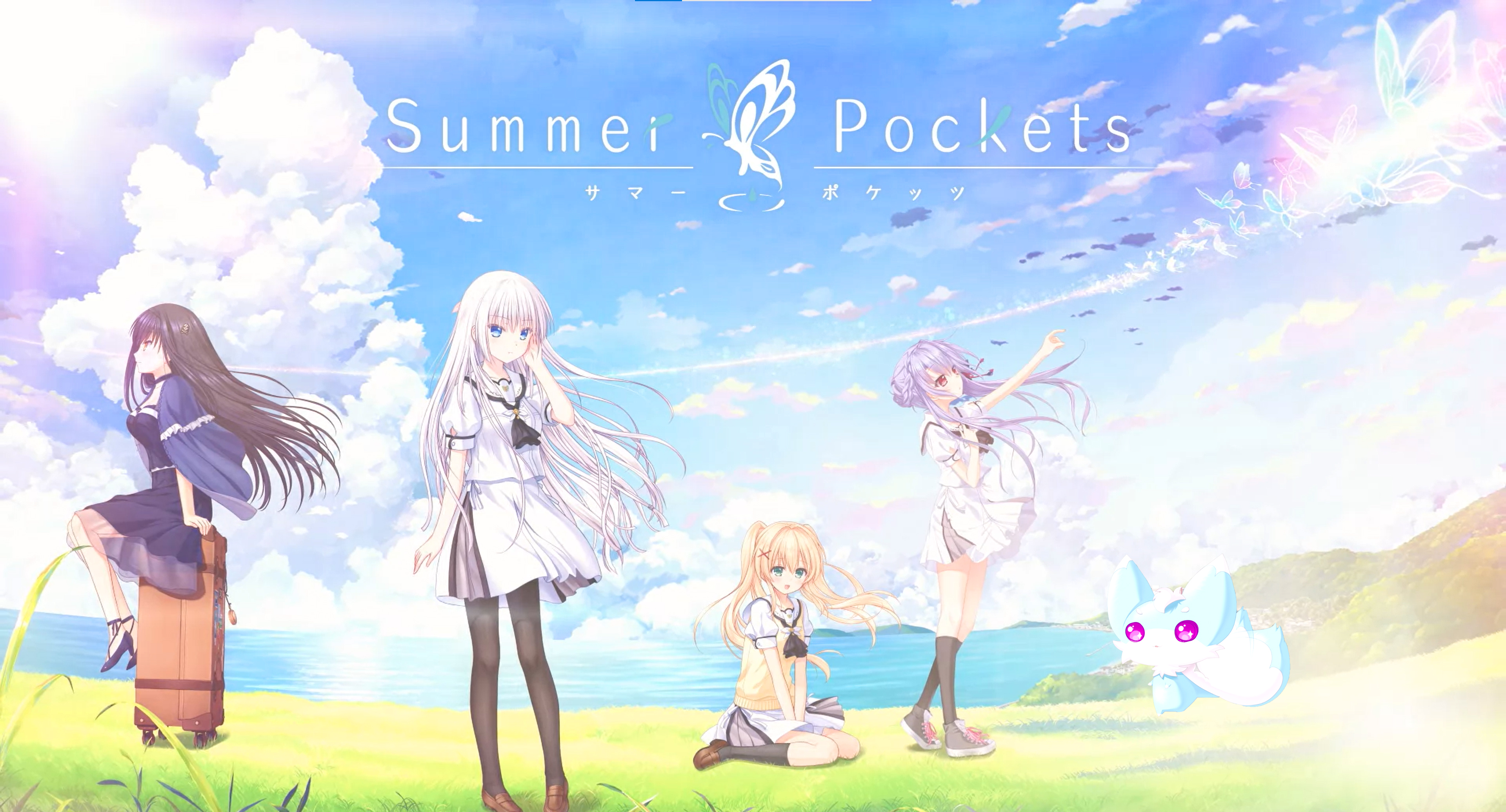
In a twist from the usual serious posts that usually appear on this website, this recipe is going to be a fun nerdy one to appeal to Japanese anime and visual novel fans- the fried rice recipe from Key’s latest visual novel, Summer Pockets! The anime that were inspired by visual novels produced by Key were basically my first exposure to Japan during my childhood. And I remember from a very young age watching Kanon, Clannad and Angel Beats in my free time after school.
I actually never knew anything about visual novels and what they were, having only watched anime back then, so you could have imagined my surprise when I realized that some of the visual novels that Key produced, including Kanon from the year 1999 were adult rated! Talk about having your childhood TV show characters ruined when you grow up.
Summer Pockets (サマーポケッツ), however, was a visual novel rated for all ages released by Key back in 2018. When the English translation was released and recommended to me by a friend, I thought: ‘why not give it a go back and experience some of Key’s emotional punching nostalgia?’. For those that aren’t familiar with Key, Key is a Japanese visual novel studio under the brand of Visual Arts, and is renown in the world of anime for its production of some of the all time most tear jerking shows in industry. In fact, in the production of Summer Pockets itself, the legendary co-founder of Key, Jun Maeda (麻枝 准) said that if this new project could not make the reader cry, it would mean the end of Key. An in-studio competition was held among all the employees to submit ideas for the plot of Summer Pockets, however Jun Maeda said that none of the ideas submitted were good enough, and he himself was surprised that an later idea that he put forward was immediately accepted as the basis of what would become the plot of Summer Pockets.
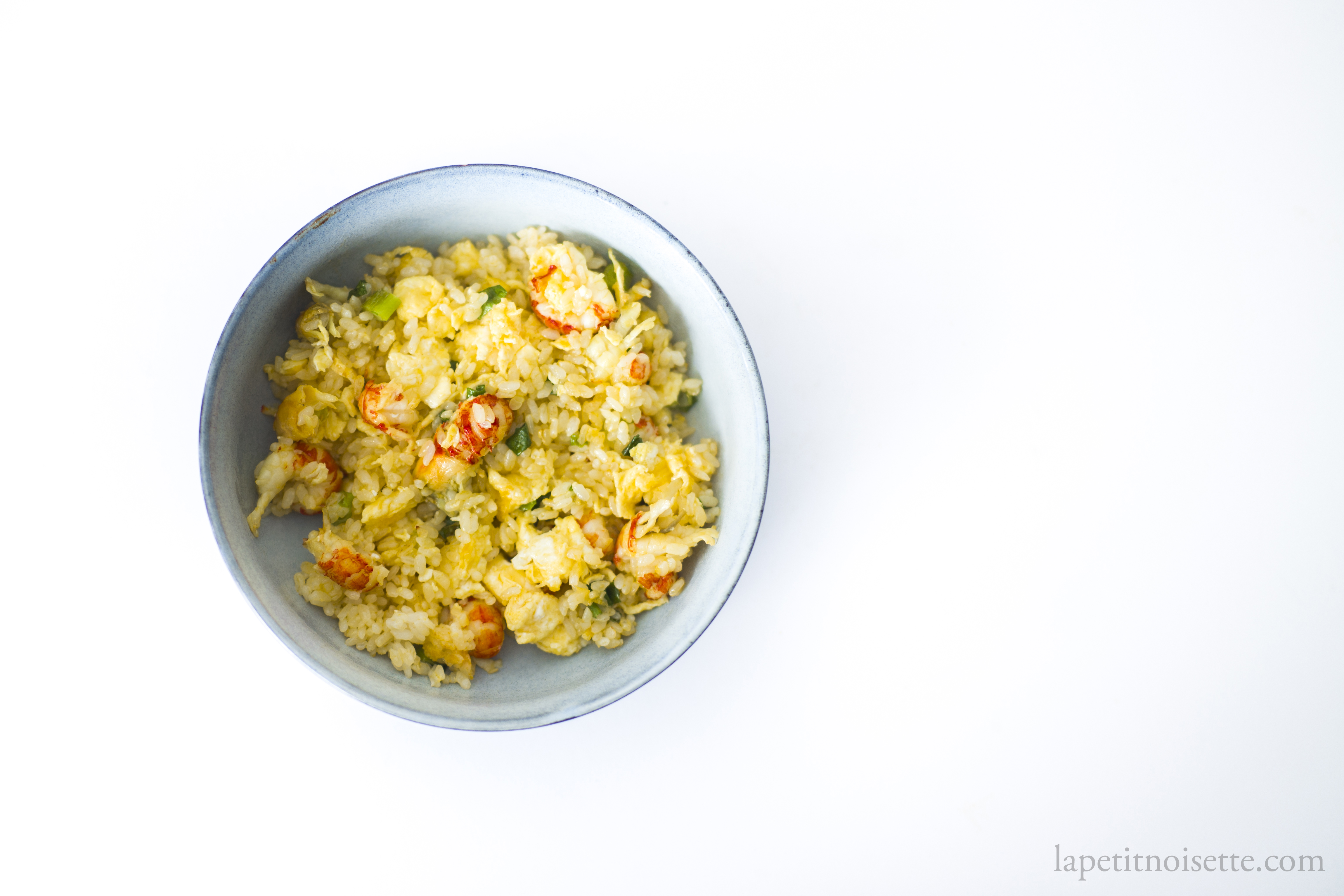
Like most other projects made by Key, the soundtrack to accommodate the visual Novel was as always, heartwarming and emotional evoking at just the right times, whilst also being lighthearted and cheerful when required. Many of the songs were composed by Jun Maeda himself, who worked mostly with Shinji Orito (折戸 伸治), who key fans would recognise as another of their acclaimed music producers who worked on the soundtrack for Clannad, Kanon and Air. For this project, they also brought in Tomohiro Takeshita, who whilst wasn’t involved in some of Key’s earlier projects, played a prominent role in making the music for Charlotte and contributed to one song in Angel Beats if i’m not mistaken.
*Spoiler Warning*- Don’t read past here if you haven’t finished the visual novel yet or unless you don’t intend/aren’t interested in reading the visual novel.
So why this recipe in particular? Loads of Japanese animated shows and movies such as Makoto Shinkai’s Garden of Words (言の葉の庭), Yakitate!! Japan, and many of the classic Studio Ghibli films include mouthwatering, “better than real life” depictions of food. However, the use of specific dishes in Key’s projects have always had an element of symbolism in them, from Ayu Tsukimiya’s love for Taiyaki in Kanon that was her way of holding on to her memory of Yuichi, to Kanade Tachibana’s Super Spicy Mapo Tofu in Angel Beats which showed that whilst quiet and reserved on the outside, she had a strong personality on the inside.
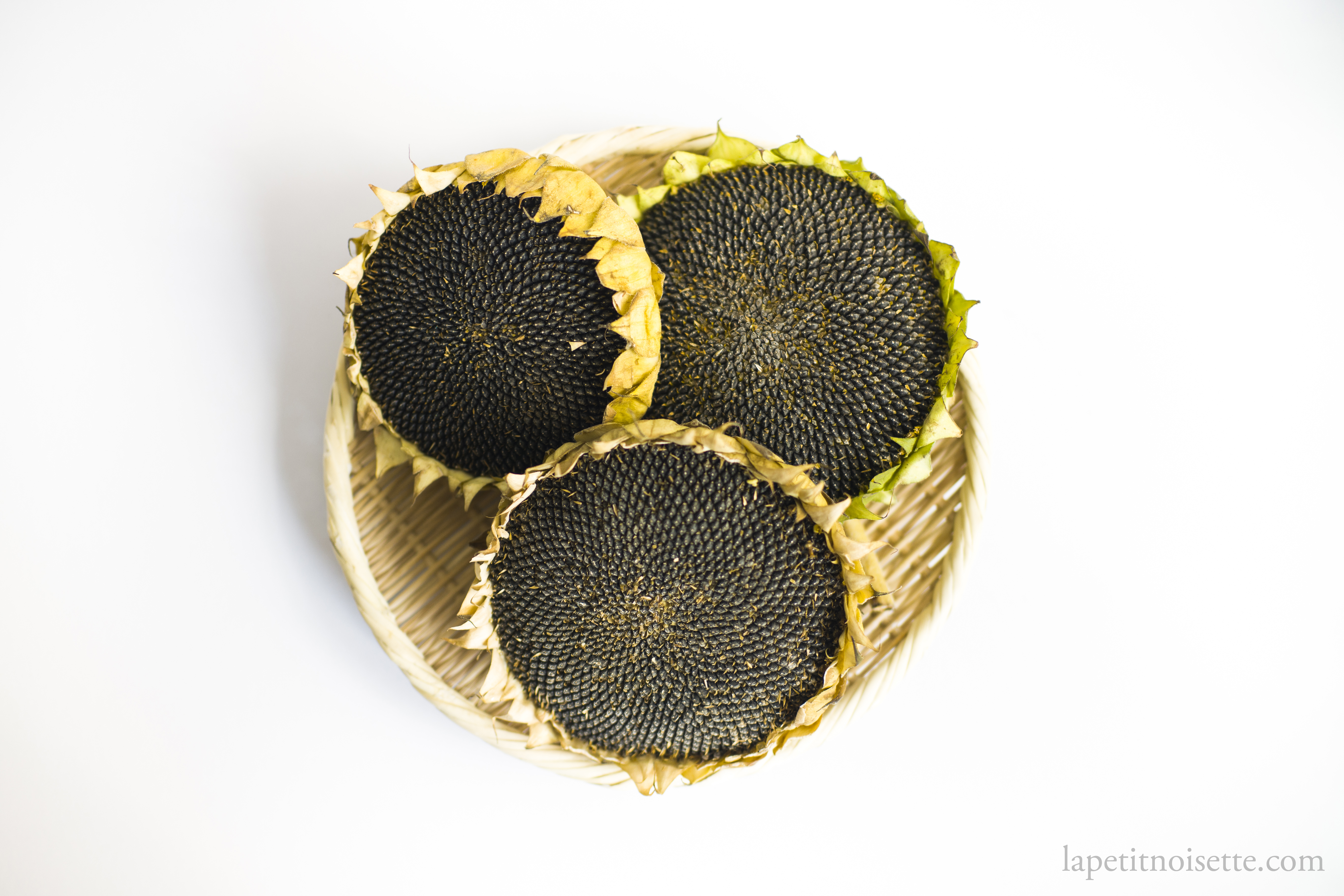
In Summer Pocket’s itself, once you’ve played the Alka and Pockets routes, it becomes quite clear how the taste of the fried rice throughout the visual novel acts as an emotional barometer at any part of the novel. Introduced early on as the staple breakfast food cooked by Umi Kato for her “cousin” and the protagonist, Hairi Takahara, who ends up in a relationship with the female lead, Shiroha Naruse. The twist here is when we discover that the Naruse female generation line has the ability to travel to the past and that Shiroha, who is extremely proficient at cooking herself, is actually Umi’s mother who dies after childbirth. Because Umi in the future grows up without a mother and a depressed father, she uses her ability to travel to the past to save Shiroha, but everytime she fails at doing so, she rewinds time to repeat summer over and over again, at the cost of her regressing back into a infant.
Throughout each rewind, we can see how her ability to cook the delicious fried rice diminishes until she is unable to make it anymore. In one last attempt, she travels to the past when Shiroha is still a child. Here, Umi (called Nanami at this point) realized that Shiroha grew up without her parents as her father had passed away and her mother, Hitomi, had used the same time travel ability to “save” Shiroha, which ultimately was to combine Hitomi’s power with Umi to bring her back all the way to this timeline.
If all this sound’s confusing then either: a) You’re reading this without having read the visual novel, or b) It actually is quite a confusing plotline. The key points for the purpose of this post are however, that Umi got to meet her mother, Shiroha from the past and realized that the fried rice recipe was actually made by Shiroha’s father, who ran a cafeteria, with the ingredients sourced by Shiroha’s mother. Umi and Shiroha go on an adventure to recreate this fried rice, which explains why these Umi knew how to make fried rice in the first place. I know I’m making it sound like fried rice is central to the storyline, but it really isn’t. It does however, depict a connection that is forever constant and is preserved through the generations, even as you the reader skip from the present to the future and then back to the past.
As with most dishes that come from books or shows, there’s never really a recipe and so if you’d want to recreate it, you’ll just have to build on top of what they’d provided us with. In this case, the novel emphasises multiple times for us to use a wok in order to make this fried rice. Furthermore, the characters call the fried rice Chahan (チャーハン) in Japanese, instead of Yakimeshi (焼き飯), which leads me to believe that it is a chinese style of fried rice, which would explain the emphasis on using a wok. It just so happens however, that I had inherited a cast iron wok from my late grandmother that was well rusted but after some sanding and seasoning was as good as new. If you don’t have a wok, a cast iron skillet for cooking steak or a stainless steel fry pan also works. I wouldn’t recommend a non-stick pan as the high heat required for frying rice might damage the pan.
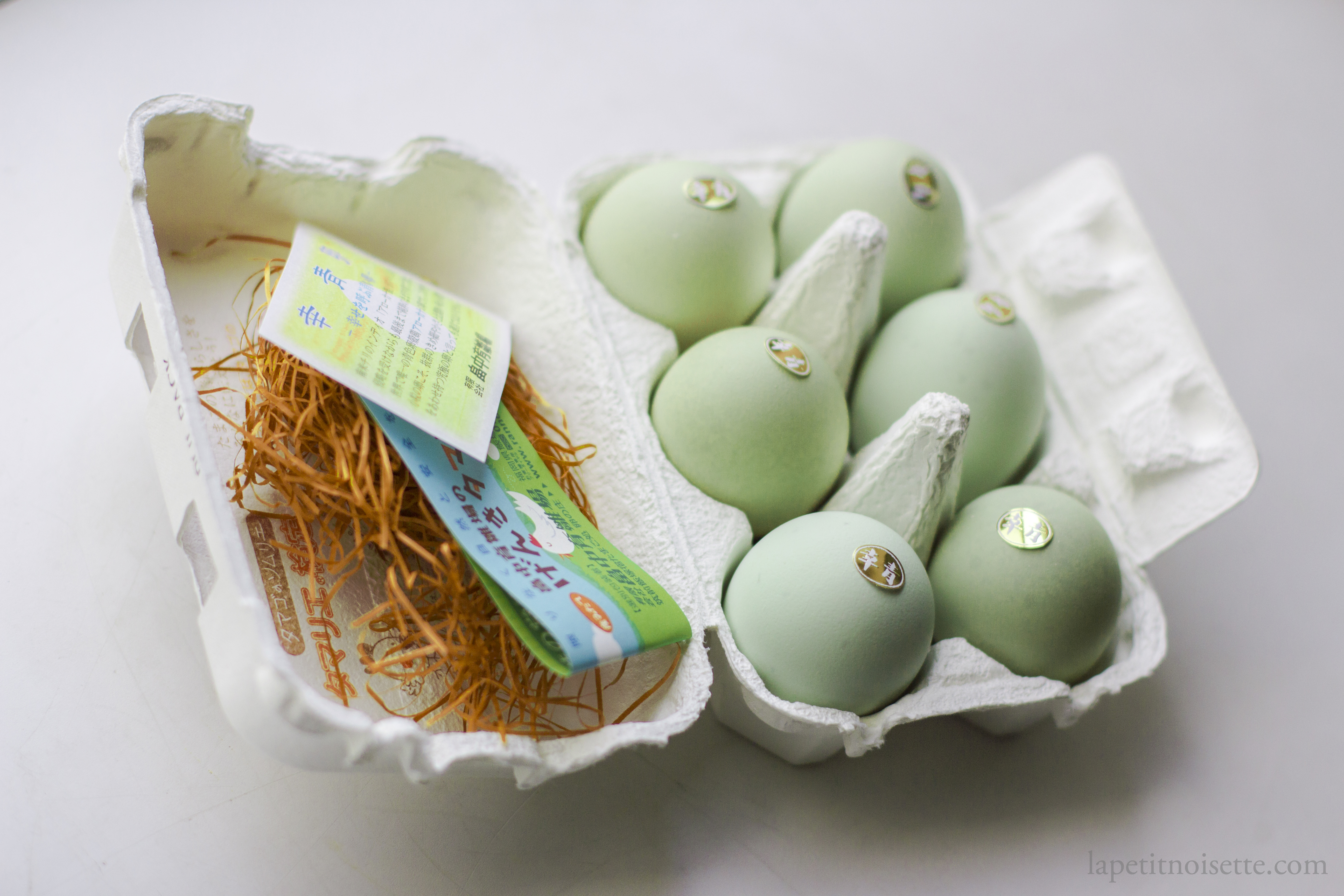
The ingredients for this recipe are pretty eccentric and are:
Rice cooked in spring water
Eggs
Lard
Sunflower Seeds (ヒマワリの種)
Crayfish/Uchidazarigani (ウチダザリガニ)
Wildboar (猪肉/イノシシ)
Carrots + Cabbage
Wild Vegetables
As there are no instructions given on how to make this fried rice, it was best to turn to Chinese Cooking Demystified’s guide to cooking any fried rice which was used as a template for this recipe. After some testing, the final recipe is below:
For the crayfish oil:
- 700g of Lard
- 700g of Crayfish/Uchidazarigani (ウチダザリガニ) to yield 100g of meat
For the Fried Rice:
- Crayfish oil
- 400g of cooked rice (spring water used to cook the rice in the visual novel)
- 2 eggs
- 100g of crayfish meat
- 100g of wild boar (猪肉/イノシシ), loin or belly preferable
- Wild boar marinade: ½ tsp salt, 1 tsp sugar, 1 tsp cornstarch, ½ tsp soy sauce, 1 tsp oyster sauce, and 1 tsp oil
- 30g of sunflower seeds (ヒマワリの種) to yield ~10g of kernels
- 5 to 6 butterbur buds (ふき/Fuki/蕗) or 3 stalks of bracken fern
- 2 springs of spring onions
- 2 tbsp of chinese chicken stock powder, or stock cubes grated into a powder.
- White pepper powder and salt to taste
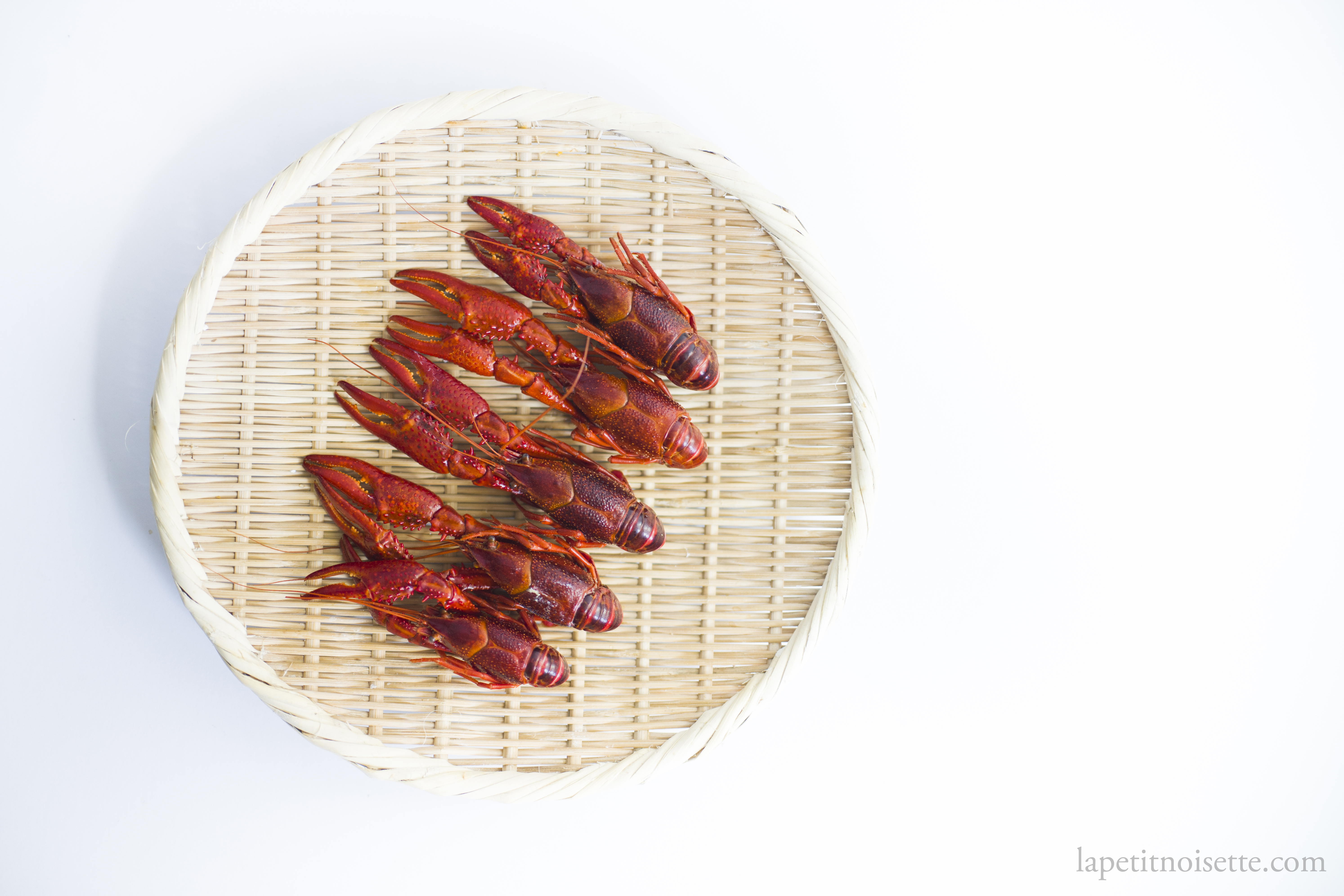
To start the crayfish oil, you want to bring a large pot of water up to a rolling boil and season with salt until it tastes like seawater (2-3.5% salt). Add the live crayfish and blanch for 2 to 3 minutes until the shells become bright red. Remove from water and strain. If you’re particular, you can transfer them to an ice bath to prevent over-cooking. Once cooled, break off the tail of the crayfish and remove the meat, saving it to one side for the fried rice later. Save the shells, legs, claws and legs and strain and discard any excess liquid. Weight it out and add it to a pot with an equivalent amount of lard before turning up the heat to medium high. Once the lard has completely melted, the mixture should be bubbling away as any water left in the shell tries to escape from the oil. If the bubbling becomes too vigorous, turn down the heat. Allow the mixture to cook for 15 minutes before turning off the heat and allowing the shells to steep in the oil until it is cool enough to handle. The reason why we don’t melt and heat the lard in the pan before adding the shells is that it’ll cause the oil to explode and splash everywhere due to the excess water. Heating it from room temperature allows you to evaporate as much water as possible before the oil becomes too hot. Once cool enough to handle, strain and discard the shells and bottle the crayfish oil in a glass bottle. As it contains fresh shellfish, you’ll want to keep the oil in the fridge to prevent it from going rancid quickly.
If using frozen cooked crayfish or langoustines, skip the cooking process and simply defrost before proceeding with the recipe as above.
To make the fried rice, you should either use leftover rice from the day before, or use freshly cooked rice that you spread out on a tray or plate in a thin layer and allow to dry underneath a fan for 10 to 15 minutes. If any of the instructions here are unclear, I recommend again, to turn to Chinese Cooking Demystified’s guide to cooking any fried rice.
- Dice the wild boar into small pieces and marinade with ½ tsp salt, 1 tsp sugar, 1 tsp cornstarch, ½ tsp soy sauce, 1 tsp oyster sauce. Mix together before adding the 1 tsp oil to coat and allow to marinade for 15 minutes.
- Peel the butterbur buds into individual leaves and slice thinly.
- Slice the green onions and set aside for garnish at the end.
- Whisk the two eggs together in a cup with a pinch of salt.
- To extract sunflower seeds from the sunflower itself, simply use your thumb and index finger to pull out the seeds. Then, break the seeds open and remove the soft kernel inside.
- Place your wok over high heat and until very hot before switching off the heat and adding in around 2 to 3 tbsp of crayfish oil. Turn the heat back on to medium and fry the wild boar meat. When the meat is cooked after around 2 minutes, remove and set aside.
- While the wok is still hot, immediately add in the eggs and mix vigorously until fluffy. Remove and set aside. The eggs will have soaked up all the oil.
- Turn the heat back to high and add in another 3 tbsp of crayfish oil before adding the rice all in one go, frying the rice by alternating between pressing down on the rice to break up the clumps, and then scraping it off the bottom to prevent it from sticking and burning.
- You should notice the rice start to stop clumping together after a few minutes of frying. At this point, add in chicken stock powder and mix well.
- Add in the butterbur leaves and fry for about 45 seconds to cook before mixing in the crayfish meat and wild boar to reheat for 45 minutes.
- Lastly, add in the sunflower kernels and spring onion with a dash of white pepper, mix and taste before adjusting seasoning to taste.
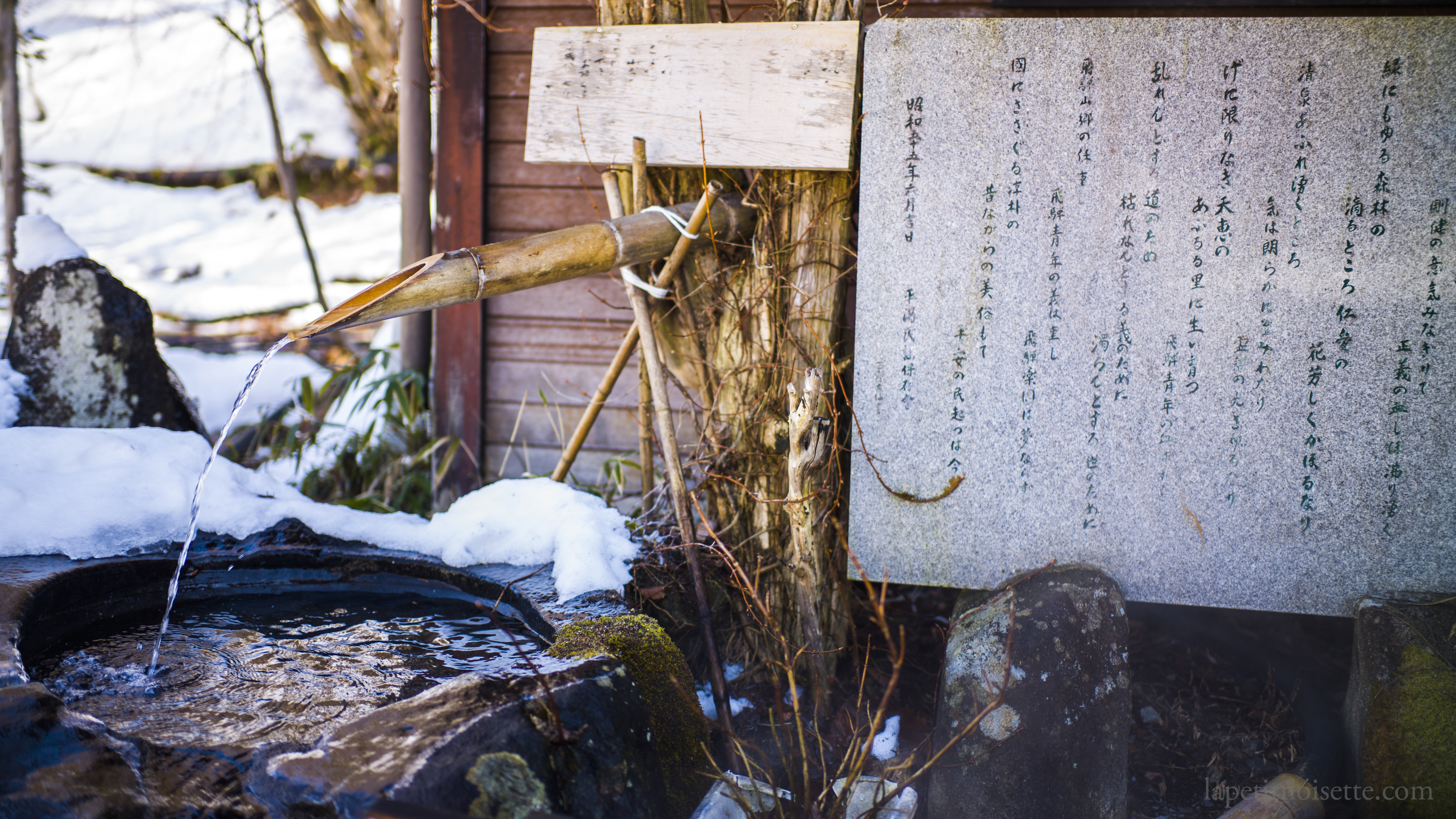
Further Notes:
Of course, given that it’s a visual novel (and soon to be anime), it consists of several extremely hard to get ingredients like Japanese freshwater crayfish which they go to a river to find, wildboar, lard and spring water. You can substitute crayfish with prawns (freshwater prawns too if you can get your hands on them) but 700g of prawns will yield much more meat so maybe go with 250g of prawns. You can also substitute wild boar with pork of course. Lard is one of those ingredients that make the dish truly stand out but can be replaced with any cooking oil of course. It’ll be close to impossible to source spring water for anyone but from a culinary perspective, the emphasis on spring water in Japanese cooking tends to refer to soft water with a low mineral content so I’d recommend Evian bottled water as a substitute but any bottled water should work or simply tap water if you can’t be bothered to go all the way. Just type into google where you live followed by water hardness and you might be surprised to find that the tap water where you live is naturally soft.
The sunflower seeds are definitely an odd addition to any fried rice dish and we decided to peel the seeds to expose the soft inner flesh to make the dish palatable. Your typical chinese fried rice would use jasmine rice but I used short-grain Japanese rice for this recipe given that it’s based in Japan. For wild vegetables, we wrote a previous article on Japanese mountain vegetables but we ultimately choose to go with butterbur buds (ふき/fuki/蕗) as their leaves were ideal for fried rice. If you can’t get your hands on them, I’d recommend going with kale or peeled brussel sprouts as they’d provide the same bitterness.